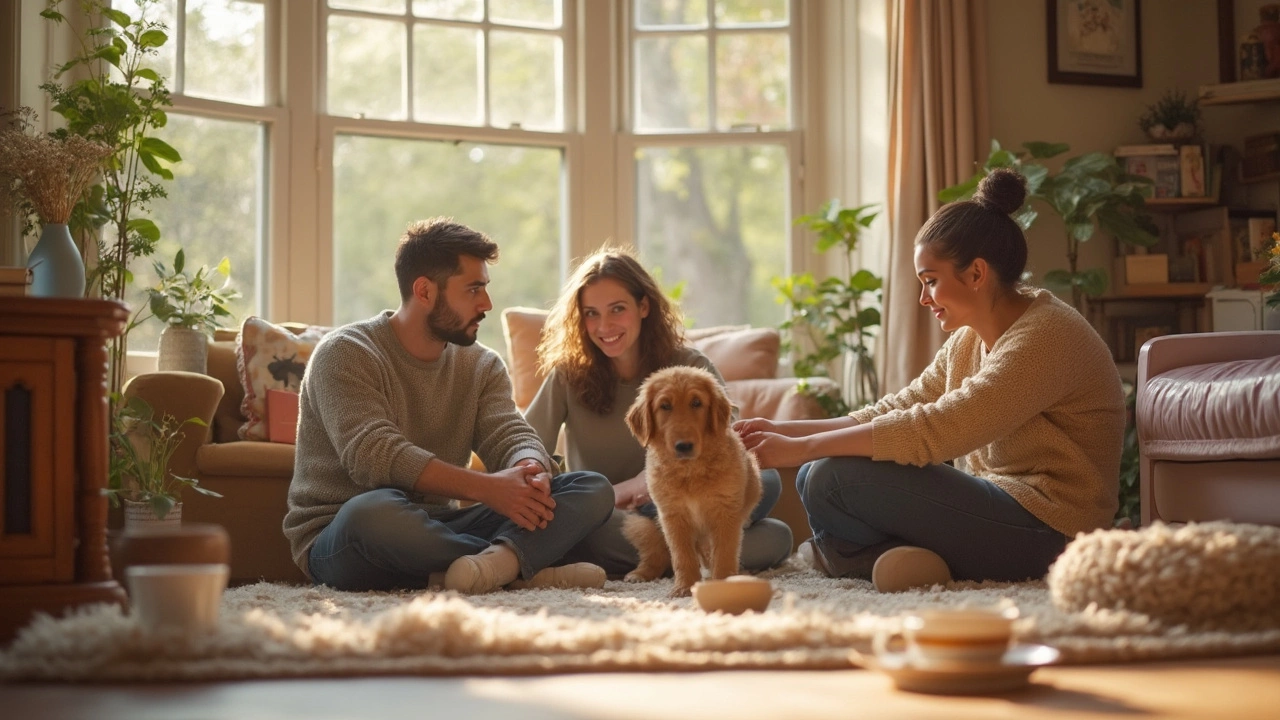New Puppy Checklist: Your Simple Guide to a Smooth Start
Bringing a puppy home is exciting, but it can also feel overwhelming. The best way to keep the chaos in check is to have a clear list of what you need and what to do first. Below is a straight‑forward checklist that covers everything from the basics you must buy to the first training tasks that set a solid foundation.
Essential Supplies You’ll Need Now
Before the puppy even steps through the door, gather these items. Having them ready means you won’t be scrambling for a last‑minute solution.
- Comfortable Crate or Playpen: Choose a size that lets the pup stand, turn, and lie down comfortably. It becomes the safe‑zone for naps and crate training.
- Soft Bedding: Washable blankets or a pet‑grade mattress keep the crate cozy and easy to clean.
- Collar & ID Tag: Even if you plan to keep the collar off most of the day, a lightweight collar with your contact info is a must‑have for quick outings.
- Food & Water Bowls: Stainless steel is best – it’s sturdy, easy to clean and doesn’t harbor bacteria.
- High‑Quality Puppy Food: Look for a brand that lists real meat as the first ingredient and is appropriate for the pup’s age and size.
- Toys: A mix of chew toys, plush toys, and interactive puzzles keeps teeth healthy and boredom at bay.
- Cleaning Supplies: Enzyme‑based cleaner for accidents, paper towels, and a set of poop bags for walks.
- Leash & Harness: A front‑clip harness offers better control for a brand‑new pup who can’t yet sit still.
These basics cover the first week. You’ll add grooming tools, training treats, and a few optional items as the puppy grows.
First‑Week Routine & Training Tasks
With the supplies ready, focus on establishing a routine. Consistency is the secret sauce for a well‑behaved dog.
- Set a Feeding Schedule: Most puppies eat three to four times a day. Stick to the same times – morning, midday, late afternoon and, if needed, a bedtime snack.
- Potty Training: Take the pup outside every 1‑2 hours, after meals, after play, and first thing in the morning. Use the same door and praise loudly when they go right.
- Crate Introduction: Open the crate door and let the puppy explore. Place a treat inside, then gradually close the door for short periods while you’re nearby.
- Sleep Routine: Puppies need a lot of sleep – 18‑20 hours a day. Keep the crate or a puppy‑pen in a quiet corner and establish a bedtime cue, like a soft blanket and a gentle “night‑night” phrase.
- Socialise Safely: Invite calm, vaccinated dogs over for short, supervised play sessions. This builds confidence and reduces future fear.
- Basic Commands: Start with “sit” and “come”. Use tiny training treats and keep sessions under five minutes to hold their attention.
These steps will make the first month feel organized rather than chaotic. For deeper guidance, check out our posts on potty training timelines, bedtime schedules, and crate‑door tips – they dive into the details you’ll need as the pup grows.
Remember, a checklist isn’t a one‑size‑fits‑all rulebook. Adjust it to your lifestyle, the breed’s needs, and your own schedule. The more you prepare now, the smoother the transition for both you and your new furry family member.
Happy puppy‑hood! With the right supplies and a simple routine, you’ll watch your little buddy flourish in just a few weeks.
Posted By Bryndle Redding On 16 Jun 2025 Comments (0)
Puppy Care for Beginners: How to Raise a Happy, Healthy Pup
Bringing home a new puppy is thrilling but comes with a million questions if you’re new to it. This article guides beginners through the basics, covering daily routines, essential gear, feeding advice, early socialization, and vet care. You'll learn how to create a safe, welcoming environment and spot common mistakes people make. Expect to walk away with practical tips you can use right away—and answers to the stuff nobody tells you about raising a puppy.
READ MORE